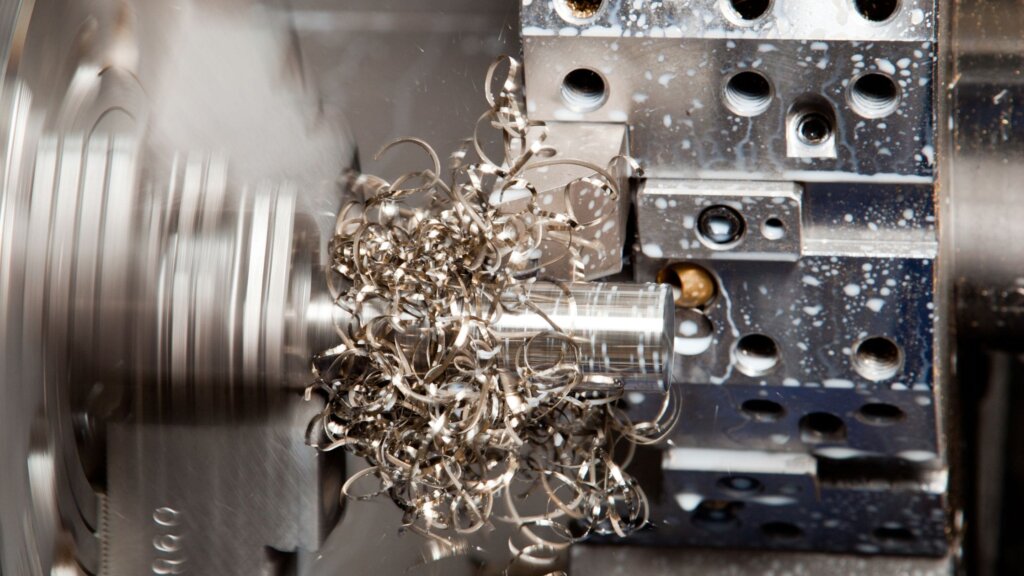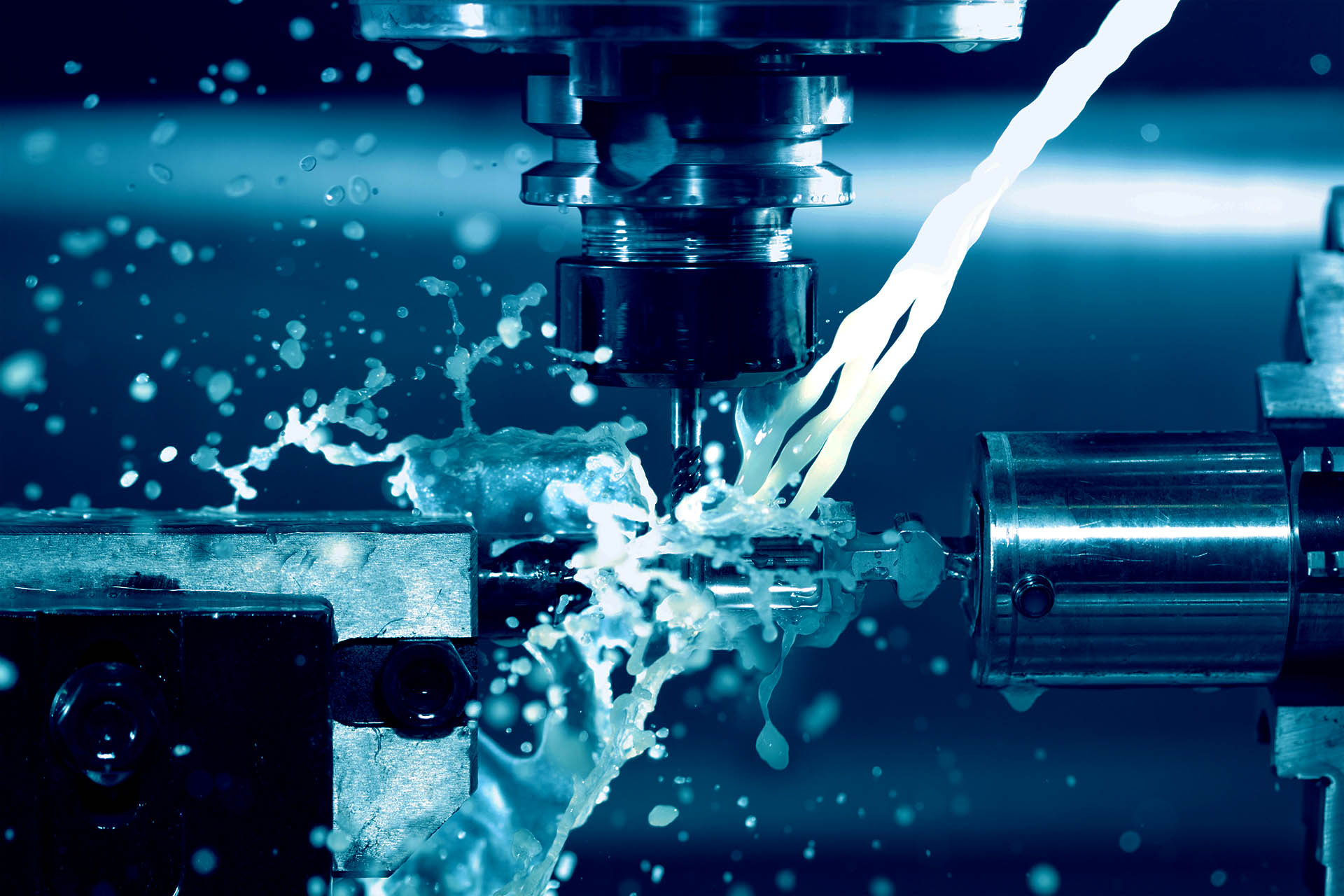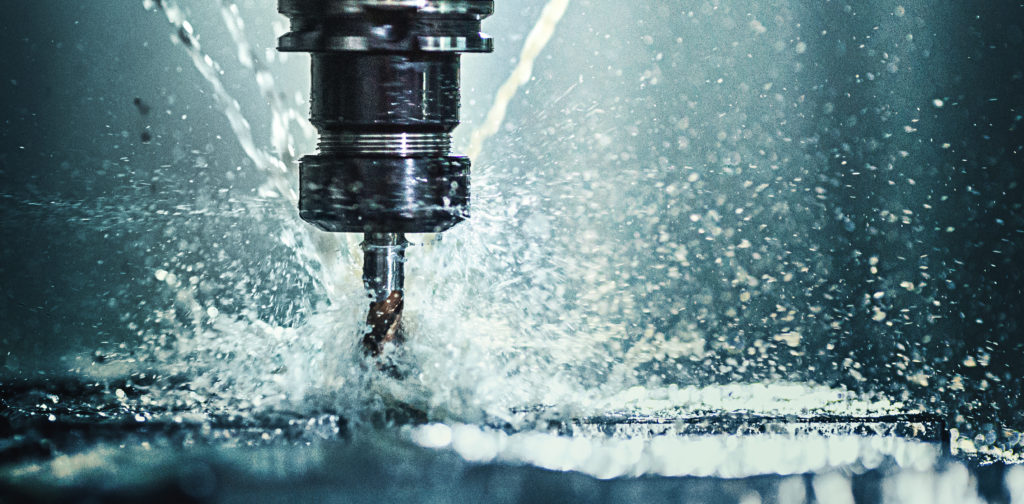Fasteners and Machining: Enhancing Design for Superior Manufacturing
Fasteners and Machining: Enhancing Design for Superior Manufacturing
Blog Article
Revealing the Intricacies of Bolts and Machining Processes for Ideal Efficiency
In the world of design and production, the option of bolts and the intricacies of machining processes play an essential duty in establishing the ultimate performance and sturdiness of an item. From the relatively simple job of selecting the right sort of bolt to the complex accuracy machining methods utilized, every action in this procedure needs careful interest to information. As we start this expedition into the globe of fasteners and machining, we will discover the subtle yet vital elements that can substantially impact the performance and quality of the end product, losing light on the commonly forgotten elements that can make all the distinction in achieving optimal efficiency.

Importance of Proper Bolt Selection
Picking the suitable bolts is essential in guaranteeing the architectural stability and durability of any mechanical assembly. Fasteners play a fundamental role in holding components together firmly, with the right selection contributing significantly to the total performance and dependability of the setting up. When selecting bolts, variables such as material compatibility, environmental conditions, load-bearing capacity, and ease of installation should be thoroughly considered to guarantee ideal efficiency.
Inappropriate fastener selection can result in a series of concerns, consisting of helping to loosen, corrosion, and even structural failure. Using fasteners that are not fit to the certain requirements of the assembly can endanger its capability and posture safety and security risks. Designers and engineers should diligently evaluate the application needs and choose fasteners that satisfy or exceed the needed criteria and specifications.
Additionally, the appropriate fastener choice procedure involves analyzing the joint layout, prepared for tons, vibration degrees, and prospective thermal development or tightening to ensure that the picked fasteners can hold up against the operating conditions efficiently. By focusing on correct fastener choice, makers can boost the quality, durability, and performance of their mechanical assemblies.
Types and Qualities of Fasteners
A crucial element of mechanical settings up depends on comprehending the varied kinds and distinct attributes of bolts used in different industrial applications. Bolts are crucial elements that hold structures with each other, making sure stability and performance. There is a wide variety of fasteners readily available, each created for particular objectives based upon the application needs. Common sorts of fasteners consist of screws, bolts, nuts, rivets, pins, and washing machines.
Screws are threaded bolts that are commonly used to join 2 or more elements together. Bolts are comparable to screws however are commonly utilized with a nut to produce a safe and secure joint. Nuts are internally threaded bolts that mate with bolts to hold components together. Washing machines are slim plates that disperse the tons of a fastener, protecting against damages to the material being attached. Rivets are long-term bolts that are hammered or pushed into place. Pins are used for alignment or to secure parts momentarily.
Understanding the attributes of each kind of bolt is important for selecting the best one for a certain application, guaranteeing ideal performance and reliability of the mechanical assembly. Fasteners and Machining.
Accuracy Machining Techniques for Effectiveness
The elaborate style demands of different bolts necessitate utilizing accuracy machining techniques for optimum performance in producing procedures. One of the main methods utilized in precision machining is Computer system Numerical Control (CNC) machining, which enables high levels of accuracy and repeatability in the manufacturing of bolts.
By utilizing precision machining techniques, producers can improve the quality of fasteners, reduce product waste, and boost overall manufacturing efficiency. The usage of innovative machining processes aids guarantee that bolts fulfill sector criteria and consumer assumptions for performance and integrity.

Aspects Affecting Machining Refine Performance
Numerous variables play check my blog a significant duty in figuring out the efficiency of machining processes in the manufacturing of bolts. The first crucial factor is the selection of cutting devices. Selecting the ideal tools based on the material being machined, preferred finish, and cutting speeds can considerably influence the performance and quality of the machining process. In addition, the cutting specifications such as reducing rate, feed rate, and deepness of cut are crucial variables that influence efficiency. Fasteners and Machining. Optimizing these parameters based on the certain needs of the bolt being produced is crucial to achieving cost-efficient and specific machining.
Maker rigidness and stability also play an important role in figuring out machining process efficiency. A steady maker with minimal vibrations can improve accuracy and protect against device wear, leading to far better overall performance. Additionally, the skill and experience of the machine driver can not be taken too lightly. A knowledgeable operator can make real-time adjustments, troubleshoot concerns successfully, and ensure that the machining procedure runs efficiently, eventually influencing the final high quality of the fastener.

High Quality Control Procedures in Production
Aspects influencing machining procedure efficiency, such as reducing device choice and equipment security, directly effect the execution of quality assurance actions in production. Quality assurance actions are essential in making sure that Check This Out items fulfill the required requirements and requirements. In the manufacturing procedure, various methods are used to maintain high quality standards. Assessment and testing play an important function in identifying any type of deviations from the desired end result. Routine maintenance of machining equipment is additionally important to copyright quality assurance. Calibration of devices and devices is required to ensure accurate and exact manufacturing processes. Furthermore, executing standard operating procedures and protocols can assist in maintaining uniformity and top quality throughout the manufacturing line. Quality assurance gauges not just concentrate on completion product yet likewise on every phase of the manufacturing procedure to avoid errors and flaws. By adhering to rigid quality control procedures, manufacturers can improve customer fulfillment, build an online reputation for reliability, and eventually achieve ideal efficiency in their machining processes.
Conclusion
Finally, choosing the ideal bolts and making use of accuracy machining strategies are essential for optimal performance in manufacturing processes. Understanding the types and characteristics of fasteners, in addition to factors affecting machining procedure performance, can result in enhanced effectiveness and high quality control steps. By taking notice of these ins and outs, makers can accomplish higher degrees of efficiency and integrity in their items.
In the realm of engineering and production, the choice of fasteners and the complexities of machining processes play a crucial duty in figuring out the utmost performance and resilience of an item (Fasteners and Machining). One of the primary methods used in accuracy machining is Computer system Numerical Control (CNC) machining, which allows high levels of precision and repeatability in the production of bolts. The click here now usage of sophisticated machining procedures assists guarantee that bolts satisfy industry criteria and client expectations for efficiency and dependability
In conclusion, choosing the best bolts and using precision machining strategies are vital for optimal efficiency in manufacturing procedures. Understanding the kinds and qualities of fasteners, along with elements affecting machining process performance, can lead to improved effectiveness and quality control procedures.
Report this page